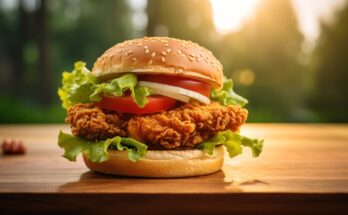Food Grade Grease :
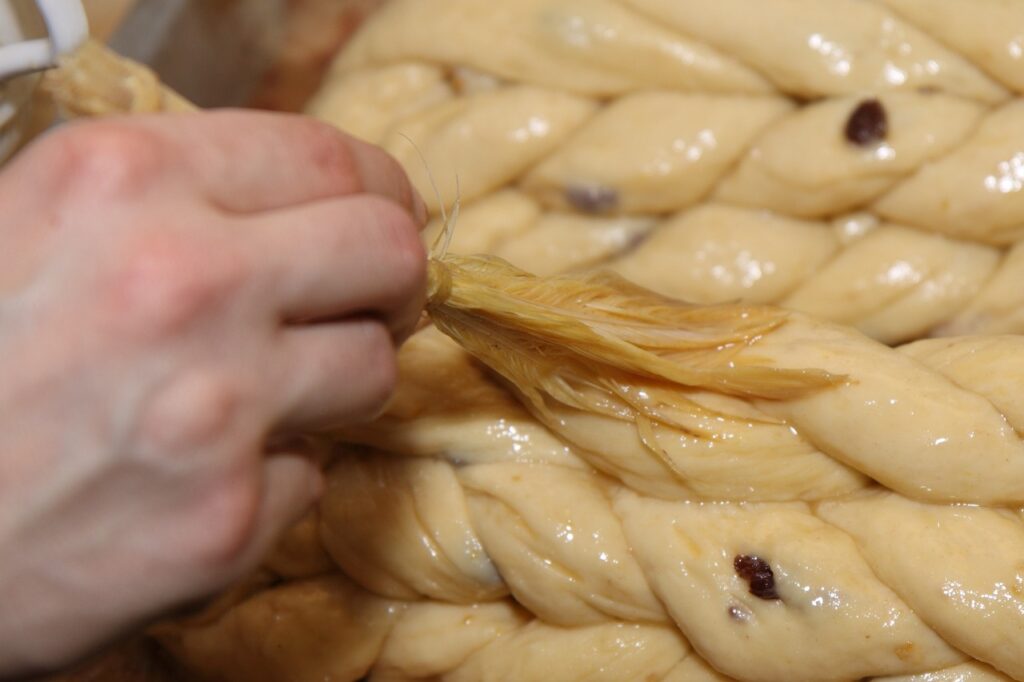
Health and safety is a priority for food, beverage and pharmaceutical manufacturers. Cleanliness and hygiene standards are just as important in the workplace as in hospital operating rooms.
But when it comes to manufacturing facilities, the lubrication keeps the nation’s nutrition and healing on track.
Lubricant leakage and maintenance is an inevitable part of all industries. Lubricants do not discriminate against the materials they come into contact with.
The food and pharmaceutical industries therefore face additional challenges when it comes to choosing the right lubricant for the job. This article reviews the past, present and future standards for lubrication in this industry.
What is a food grade grease lubricant?
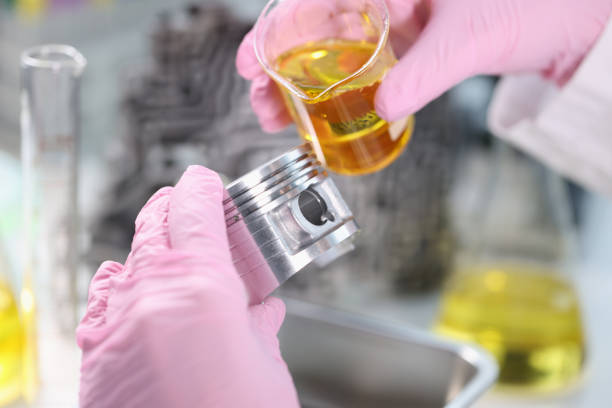
Food grade lubricants must have the same practical functions as all other lubricants: provide protection resistant wear, friction, corrosion and oxidation, dissipate heat and transmit power, be compatible with rubber
In addition, various food and pharmaceutical applications require lubricants to be resistant to food, chemical and water/steam degradation, neutral to plastics and elastomers, and able to dissolve sugar.
These oils must also meet food/health and safety regulations, be physiologically inert, tasteless and odorless, and be internationally approved.
Lubricants can be exposed to strong environmental pollutants. A lot of dust is generated in the corn mill environment. Although it is not as hard as silicate-based dust, it still presents a problem for filtration.
A meat factory requires thorough steam cleaning at all times, which means that the risk of water contamination is high. In some systems, gear oils contain up to 15% water by volume.
Another aspect of lubricant contamination that poses a risk to food grade lubricants is the growth of microorganisms such as bacteria, yeast and mold.
While these may pose a risk in industrial settings, the risk of contamination is even greater in the food production environment.
Food grade grease categories :
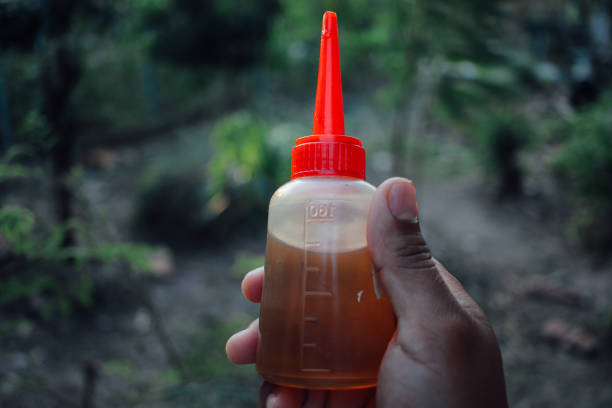
The United States Department of Agriculture (USDA) created the original food-safe designations H1, H2, and H3. The approval of a new lubricant and its entry into one of these categories depends on the list of ingredients.
H1 lubricants are food grade lubricants used in food processing environments where there is a risk of accidental contact with food.
H2 lubricants are food safe lubricants used on devices and machine parts in non-contact areas.
It is difficult to determine if there is a possibility of touch and many have erred on the side of caution by choosing H1 over H2.
Approval and Compliance :
Approval and compliance have traditionally been the responsibility of the USDA. The agency is considered an internationally recognized authority on consumer safety issues in the food industry.
The initiative was primarily aimed at government-controlled meat and poultry plants, but was quickly adopted by other industries such as fishing and food retailing.
To receive USDA approval, lubricant manufacturers had to demonstrate that all ingredients in the formulation were permitted substances.
Approved substances in this case are those listed by the US Food and Drug Administration (FDA) in accordance with the guidelines of the Security Code of Federal Regulations (CFR) Title 21, §178.3570.
This did not include lubricant testing; Until now, approval has been mainly based on an assessment of the lubricant’s formulation components.
The future of food approval :
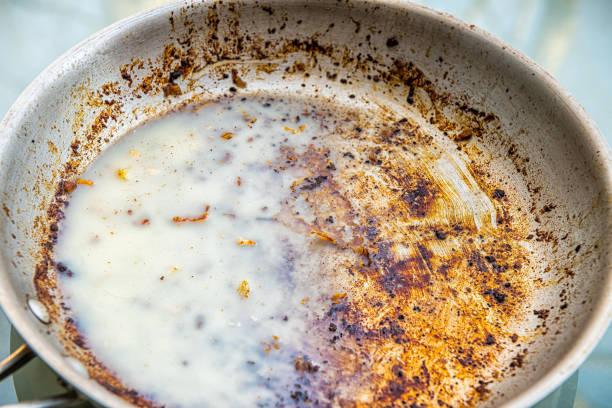
Registrations issued prior to this date remain valid and USDA H1 and H2 continue to be accepted food and drug suitability approvals.
In fact, many lubricant manufacturers still pursue the USDA categories H1
The DIN standard V 0010517, 2000-08 has also been adopted as a guideline by the European Lubricating Grease Institute (ELGI) and the National Lubricating Grease Institute (NLGI).
NSF 116-2000 Draft standard in detail
The purpose of the standard :
The National Sanitation Foundation (NSF) has developed worldwide as the successor to the USDA. NSF International, The Public Health and Safety CompanyTM, is an independent, non-profit organization that has been committed to public health, safety and environmental protection for more than 55 years.
NSF has received World Health Organization (WHO) Collaborating Center designation for both food safety and drinking water safety and treatment.
It is designed and managed as a public service organization and acts as an independent and neutral body to resolve issues between regulators, business, industry and the public.
Using the former USDA classifications H1 and H2, NSF submitted its draft standard NSF 116-2000 (Nonfood Compounds Used in Food Processing Facilities – Food Grade Lubricants) to the American National Standards Institute (ANSI).
It provides a mechanism to validate a manufacturer’s claims and labelling, but no mechanism to prove this through laboratory testing.
However, it establishes definitions and requirements for food grade lubricants for the lubrication, heat transfer, load transfer and corrosion protection of machinery and equipment in food production and processing plants.
As the scope includes lubricants for food, only H1 and H3 are covered in this draft standard.
The “Requirements” section of the draft standard deals with labeling and wording. More specifically, the label must include the name of the product, the name of the manufacturer (or the name of the company marketing the product), the category code and the instructions for use.
The instructions for use must specify the minimum amount required to achieve the desired purpose or technical effect of the product. All references to the company name on labels must be fully consistent with the information in the formulation.
Formulation guidelines :

Regarding the formulation requirements, the draft standard states that the product must not contain any intentionally added heavy metals, nor contain any ingredients classified as carcinogenic, mutagenic or teratogenic.
A carcinogen is a substance that can cause cancer if ingested. A mutagen is a substance that causes a mutation. A teratogen is a drug that increases the incidence of birth defects.
For certain types of lubricants, they must be tasteless and odorless and, moreover, selected depending on the intended use so that the lubricant can withstand temporary, chemical, biological, thermal or mechanical stress without premature degradation or deterioration of its neutral state. . .
The evaluation criteria covers three main aspects: food grade lubricants, evaluation requirements and ingredients.
The food approved lubricants must meet the requirements of the draft standard and CFR Title 21 §178.3570, specifically Sections 172.860 for vegetable oils and 172.878 for mineral oils.
Ingredients and/or compositions must comply with 21 CFR parts 182 and 184.
During the evaluation, the manufacturer or supplier must disclose the product name, a qualitative/quantitative identification of all ingredients, the Chemical Abstract Service (CAS) number.
If applicable, and the chemical ingredient names based on the rules of the International Union of Pure and Applied Chemistry (IUPAC). , suppliers or sources for each ingredient, any previous product approvals from any state or federal regulatory agency, and any applicable FDA references for each ingredient.
As for the ingredients, they must have specific approval from the FDA or USDA and cannot be included on a list of prohibited substances.



